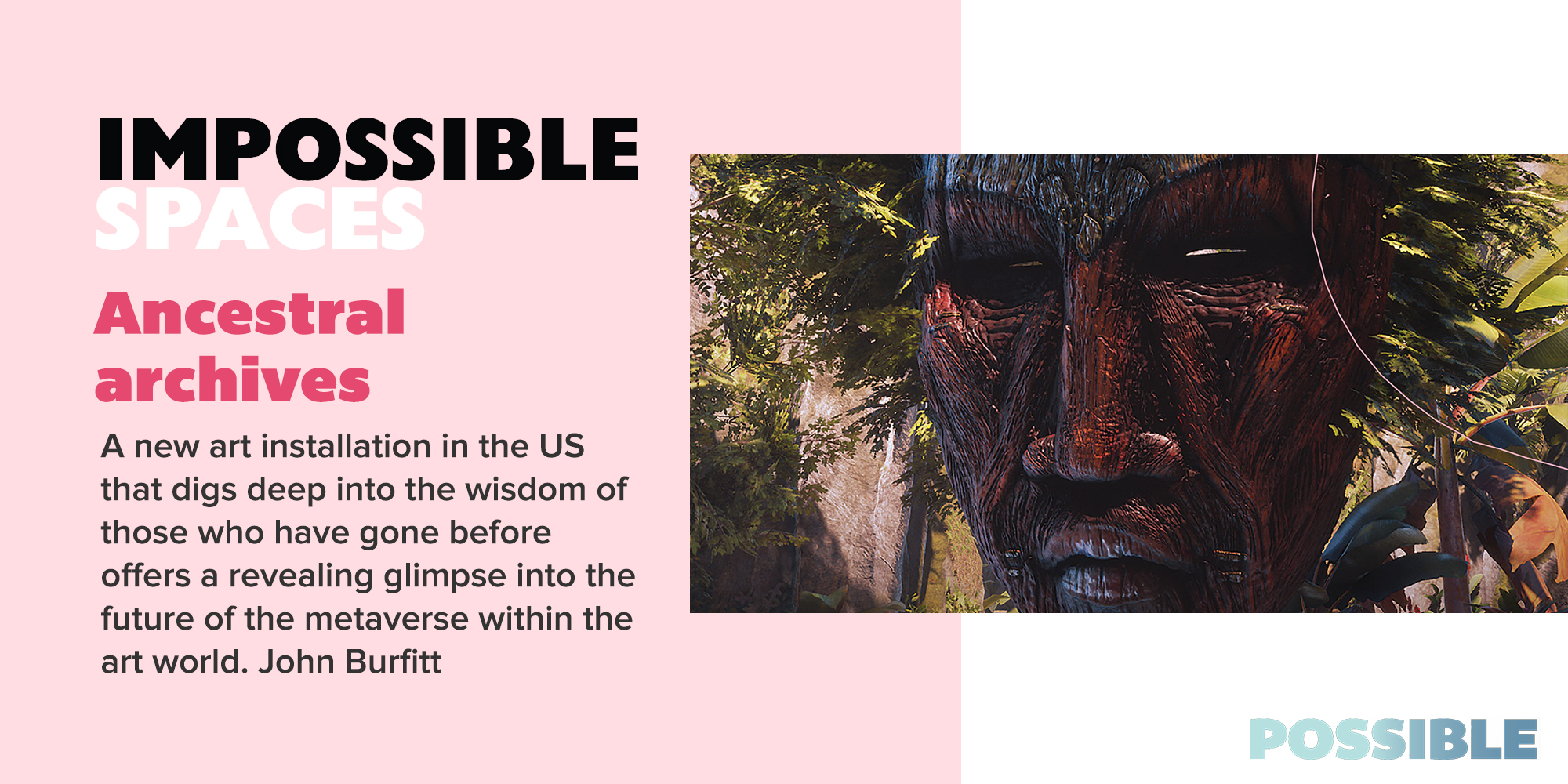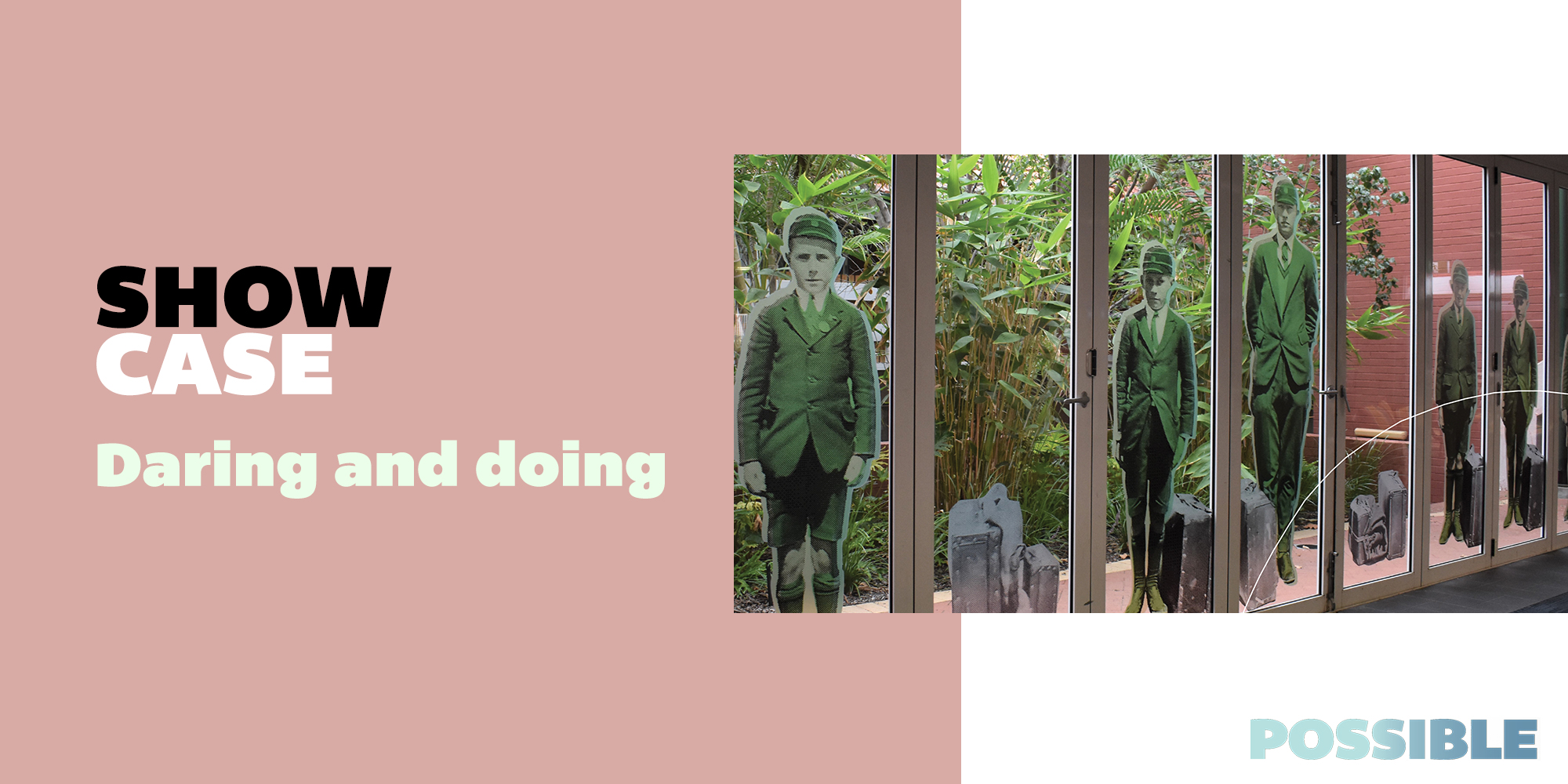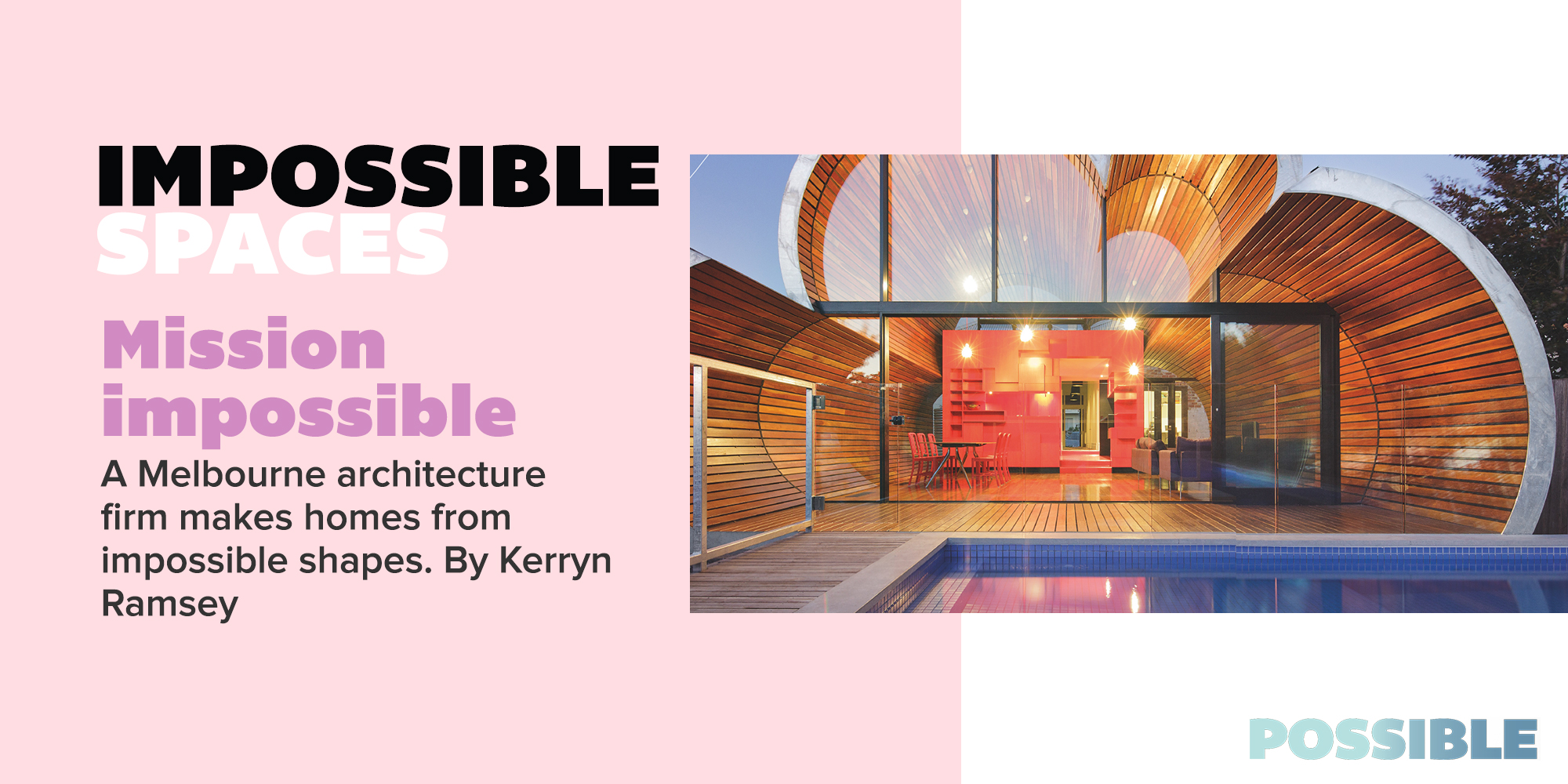Sanné Mestrom has long held an interest in public space. “It’s such a highly politicised environment. You think a public square belongs to the public, for example. It doesn’t at all as there are so many stakeholders involved. And if you move inches in one direction where you encroach on a café, you’re suddenly in a space that is not public or private—it’s a third space. It’s somewhere in between. I’ve always been fascinated philosophically by that sort of invisible power structure that’s operating everywhere.”
Undertaking a Master of Arts (Art in Public Space) gave her an excuse to pursue her interest in art and public space even more.
Slow and steady
Mestrom worked very hard to establish herself as a contemporary artist with institutional recognition before she tried her hand at public art. “I established myself in the field as an artist to take seriously, I suppose. Establishing peer recognition was important to me, earning my stripes. You need the whole industry to support you, and for selection panels to take your work seriously.”
Mestrom even started a Landscape Architecture degree to elevate her authority beyond ‘flaky artist’, but she stopped when she fell pregnant with her son. Thankfully the ‘zeitgeist’ fell in her favour around the same time and the world was ready for her public creations.
The artistic playground
Mestrom is the first to admit that she was child-blind before having her son. Suddenly, the exclusionary aspects of public space were so apparent. “Cities don’t want to attract children. They are focused on the productive consumer. But people are moving into high-rise accommodation, and we have an ageing population. More support is needed so they can thrive.”
For Mestrom, one answer is playable public art—a sculpture that can be interacted with intellectually, creatively, and physically—such as her piece ‘A Woman is Greater than the Sum of her Parts’. Driven by a narrative and layered with meaning, it has its own cultural value. It allows children to become part of urban life, not ‘other’ in a designated playground. The experience and space are shared.
Art will always bring detractors, but Mestrom says each permanent and public artwork goes through a rigorous selection process to get there. Plus, each is unique and “unlike a playground that will dilapidate, public art will appreciate over time”.

The reality of risk
Aside from uniting community, Mestrom says playable sculptures provide children with an opportunity to learn about their body’s limitations and potential. “Children know the world is playable, but we siphon them off to the—generally fenced-off—playground where the play is all prescribed. We need to permit them to explore. I’m very worried about children growing up in urban areas with a lack of risky opportunities they need to build resilience—physical and psychological.”
Mestrom also points out that being raised in a culture of over-protection can set up a harmful feedback loop. Children seem fragile, and parents meet that with more safety and nurturing.
The artistic playgroundBenefits beyond play
Yes, even the childless should care about making our cities playable. “My work is about the adults that our children will be tomorrow. I want to create good adults who are critical thinkers who understand nuance. And if we get civic space right, we create an intergenerational environment, dissolve invisible power machinations, and build civic agency.”






